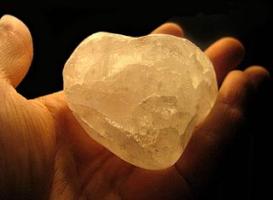During medieval and premodern times, alum was used for a variety of purposes in artistic and craft contexts. Alum was one of the most important chemical compounds involved in the dyeing of textiles and the manufacture of organic lakes, used in painting and illuminating techniques. It acts as a siccative agent in the preparation of oils and varnishes. It was employed in the making of glues, in the coloration and the treatment of various supports (bones, parchment, paper, wax), in the manufacture of pigments, such as verdigris, and the purification of ultramarine. Part of an international scientific coordination network on the “Exploitation of Mediterranean Alums in Europe,” this project on the history of alum aimed at writing the history of the use of alum in the arts, crafts, and learned inquiry. Investigating the history of alum, Sven Dupre, Sylvie Neven, and Marjolijn Bol considered the interconnectness and dissemination of knowledge between the arts, crafts, and learned inquiry and the various ways in which it relied on commercial, cultural, technological, and scientific exchanges.

Project
(2014)
